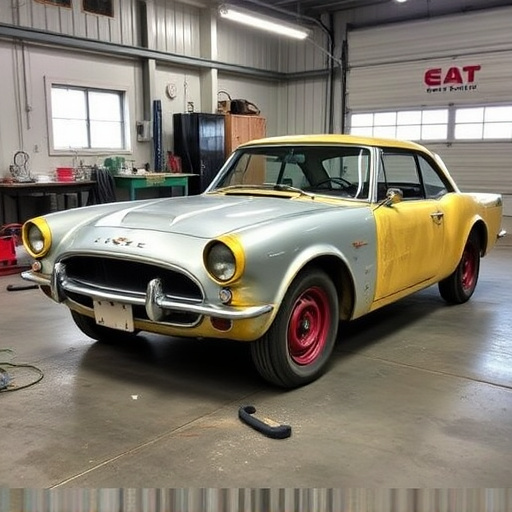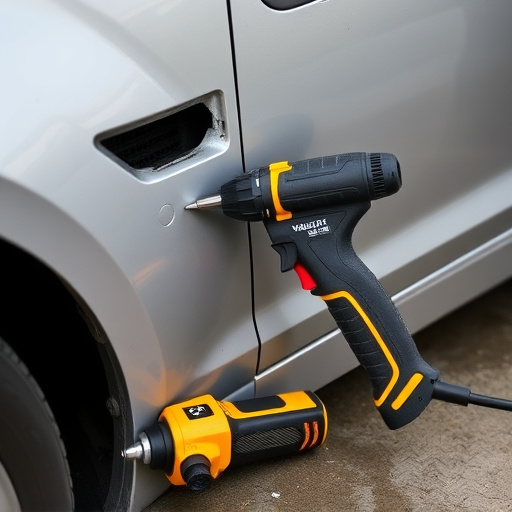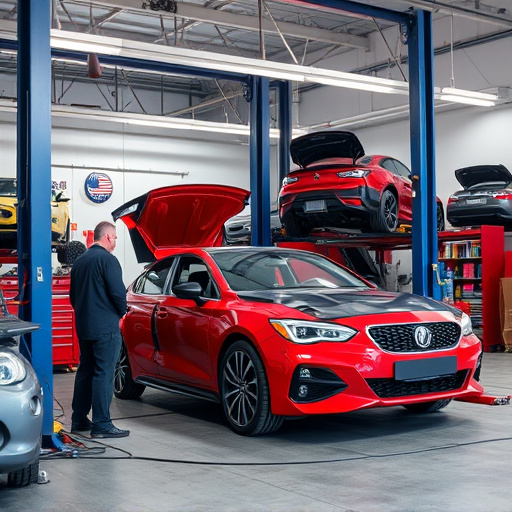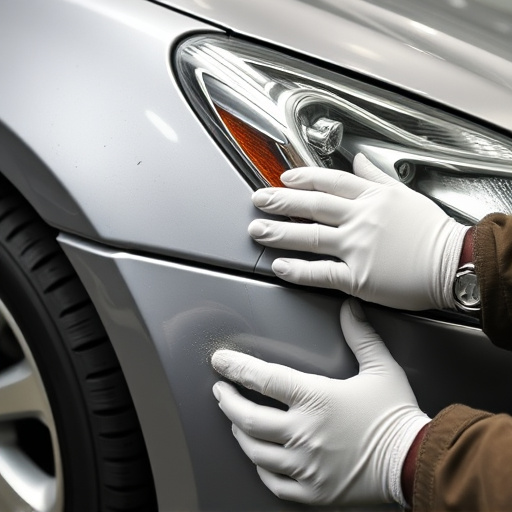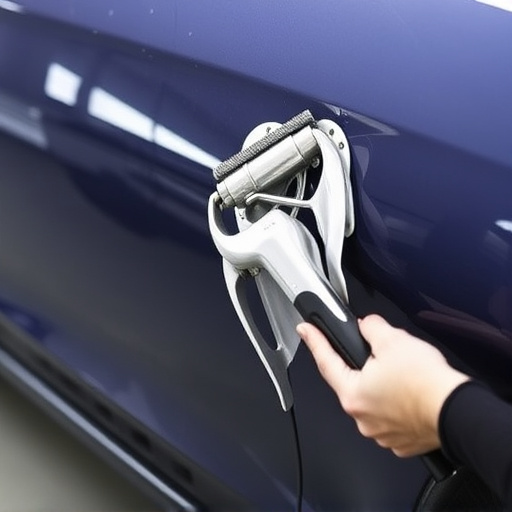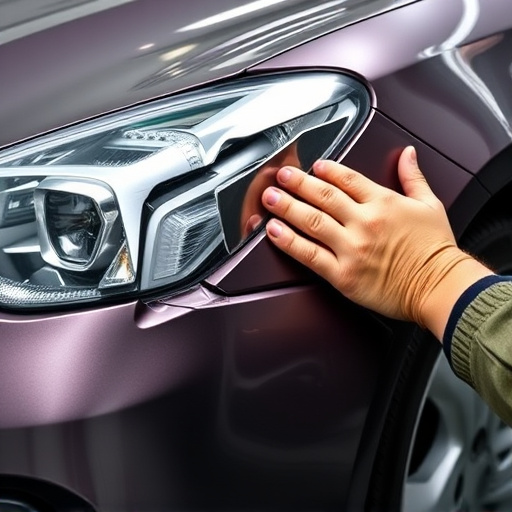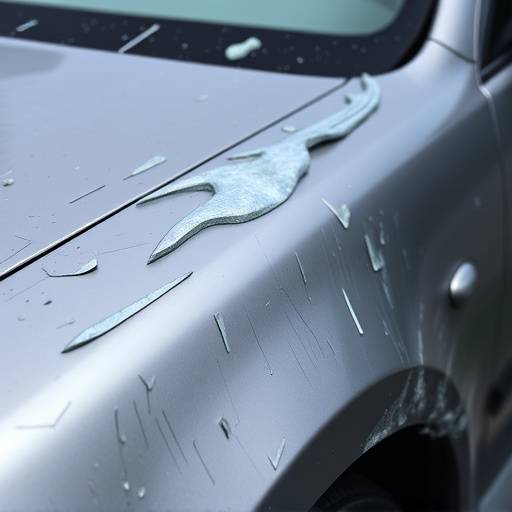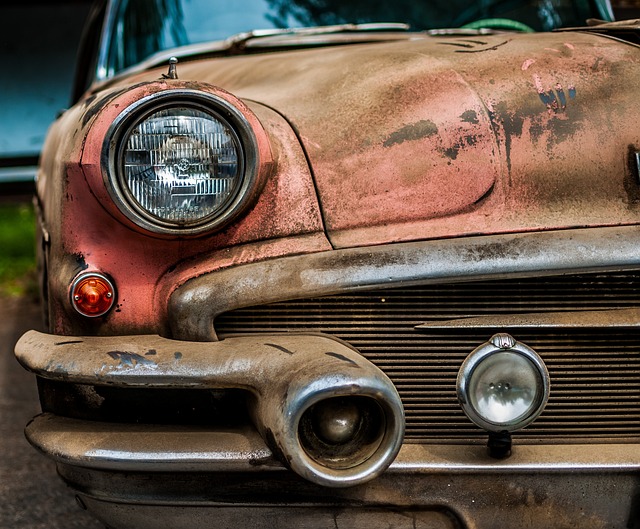Winter's moisture can cause rust damage on vehicles, especially in wheel wells and door frames. Inspect for rust, gather tools like sandpaper, primer, and PPE for DIY repairs or professional restoration to restore vehicle condition after winter.
As winter draws to a close, it’s time to assess the impact of the season on your vehicle. Winter exposure can leave behind noticeable rust damage, but don’t fret! This guide will walk you through the best DIY practices for minor rust repair. From spotting rust issues to gathering essential tools and following a step-by-step process, we’ll ensure your vehicle shines bright post-winter. Get ready to tackle rust repair effectively and save costs.
- Assessing Winter's Impact: Spotting Rust Damage
- Gathering Essential Tools and Materials
- Step-by-Step Guide to Effective Rust Repair
Assessing Winter's Impact: Spotting Rust Damage
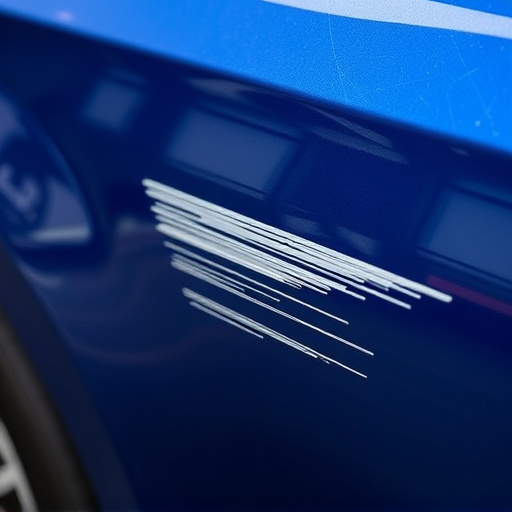
Winter’s harsh conditions can leave behind noticeable signs of damage, particularly rust on vehicles. Assessing winter’s impact is a crucial step in addressing minor rust repairs. As snow and ice accumulate, moisture seeps into car bodywork, creating an ideal environment for rust formation, especially in areas with pre-existing pitting or cracks. Over time, this can lead to widespread corrosion.
Inspect your vehicle thoroughly to identify rust damage. Common spots include wheel wells, door frames, fenders, and any other metal surfaces exposed to the elements. Look for signs such as flaking paint, orange stains, or bulging panels, indicating that rust has begun to take hold. Early detection allows for easier DIY rust repair using simple tools and techniques, helping you maintain your vehicle’s aesthetic appeal and structural integrity.
Gathering Essential Tools and Materials
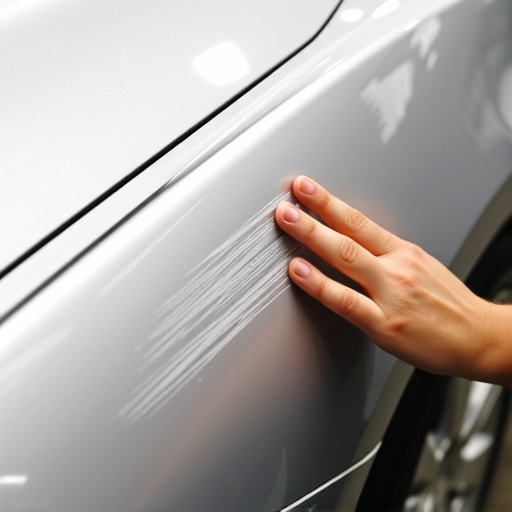
Before tackling any rust repair, it’s crucial to gather the right tools and materials for the job. For minor winter damage repairs, you’ll need a few essential items like sandpaper (in various grits), rust remover or primer, a wire brush, and a drill with different bits. These supplies are readily available at hardware stores or automotive parts shops. Remember, quality products make the repair process smoother and ensure long-lasting results, similar to how car dent repair specialists use top-notch tools for precise work.
Additionally, consider having some rubber gloves, safety glasses, and a respirator mask on hand as personal protective equipment (PPE). These items are vital for protecting yourself from inhaling rust particles or handling chemicals safely. With the right gear and materials, you’ll be well-prepared to handle minor rust repairs and prevent further damage, especially after the harsh winter conditions that can leave your vehicle in need of some extra care, similar to what body shop services offer for cosmetic fixes.
Step-by-Step Guide to Effective Rust Repair
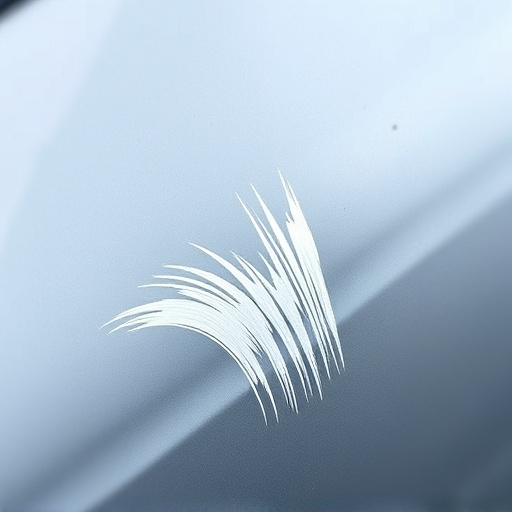
After a long winter, your vehicle might bear the signs of rust damage, especially in areas prone to moisture buildup. Effective rust repair not only restores the aesthetics but also ensures the structural integrity of your car or truck. Here’s a step-by-step guide to help you tackle minor rust repairs yourself.
Start by inspecting the affected area thoroughly. Identify the extent of the rust and decide whether it’s confined to small spots or spreads across larger surfaces. For minor damage, like rusted fenders, use fine-grit sandpaper to gently scrub away loose rust. This process prepares the metal for the next steps. Next, apply a rust converter, which chemically reacts with the rust to prevent its further spread. Let it dry completely before moving on. After applying the converter, use a high-quality automotive paint to touch up the affected area. Ensure even coverage and allow the paint to dry according to the manufacturer’s instructions. For more significant vehicle restoration projects, consider seeking assistance from a professional car repair shop.
After a long winter, it’s common to discover rust damage on your vehicles. By assessing the impact, gathering the right tools and materials, and following a step-by-step guide, you can effectively perform minor rust repair at home. Remember, prompt action is key to preventing further corrosion and maintaining your vehicle’s integrity. Implement these DIY practices to restore your ride to its pre-winter condition and drive with confidence.
